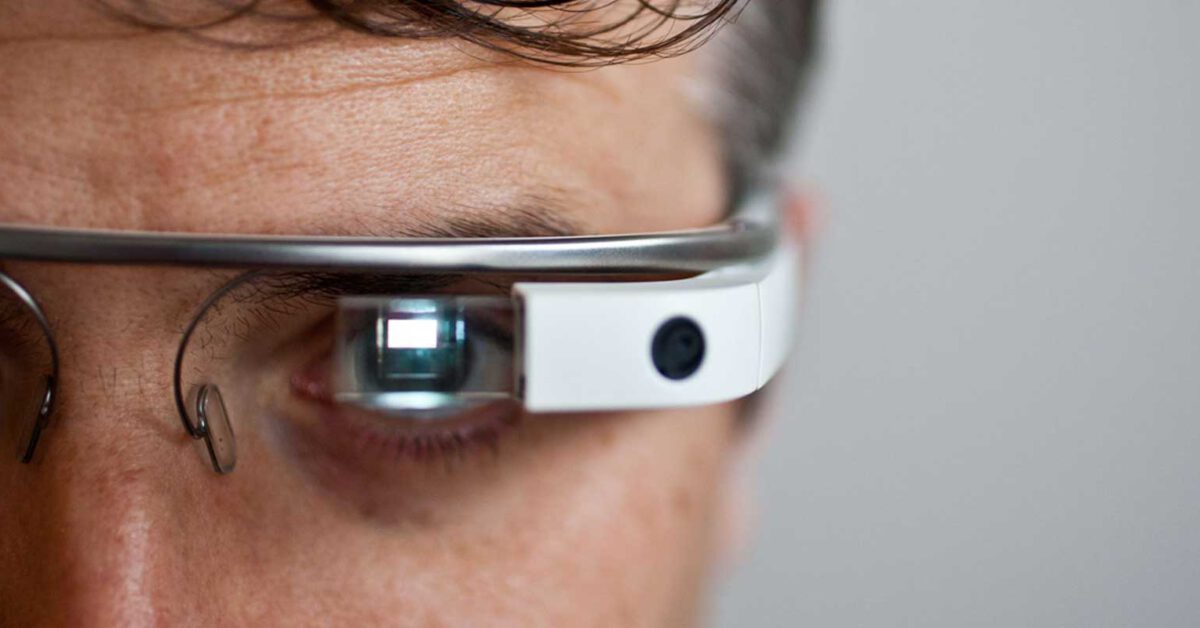
Booming technology advances like drones and driverless cars are already starting to impact businesses today. But when it comes to field service, manufacturers seriously need to consider adopting these new trends if they want to meet the needs of today’s hyper-demanding customers, while simultaneously driving their own revenue.
The dawn of emerging tech — like wearable devices, 3D printing and the Internet of Things (IoT) — is about to have a huge impact on how after-sales service, the service delivered after the initial sale of a product, is delivered.
Manufacturers of long lasting durable goods are sitting in the eye of this storm, and thanks to these new and evolving technologies, field service organizations will finally get their chance to respond to the increasing demands of the Amazon generation.
Last week, we discussed the impact of driverless cars and drones on field service, but now it’s time to look at how manufacturers can use wearables, 3D printing, and IoT to meet their field service demands:
Wearables
The biggest impact wearables (think Google Glass smartglasses) could make on field service is efficiency. If technicians can diagnose and fix problems more quickly, without bringing in additional experts, both the cost savings and improved customer experiences could be monumental.
[bctt tweet=”.@Gartner anticipates #smartglasses could impact the #fieldservice industry by $1B in 2017.” username=”SyncronSCM”]
Take the smartglasses for example. Their augmented reality provides on-the-job training to technicians, and enables them to more easily repair goods, especially those they have less experience repairing. Plus, their hands-free nature allows technicians to complete tasks without having to start and stop to read instructions. Hello, time saver.
As barriers to entry into this form of wearable technology become lower, brands will be forced to adopt ‘smart’ devices to meet demanding customer expectations.
3D Printing
3D printing has long been used in manufacturing to create part prototypes. But now, with the advances made to the already mind-blowing technology, they can print parts in metal. Read: 3D printing can now be used to create actual replacement parts.
And as the technology continues to advance, the impact 3D printing could have on parts inventory levels, warehouse needs and the logistics of moving parts from one location to another could be monumental. These factors will lead to reduced cost and faster repair times – meaning more revenue for the manufacturer, and better experiences for the end-user.
[bctt tweet=”#3Dprinting can now be used to create actual replacement parts.” username=”SyncronSCM”]
Just think… it might not be in the too-distant future that driverless vehicles could be equipped with printers that can print parts on the spot!
Internet of Things
The beauty of IoT is the impact it has on customer interactions and it’s effect on improving the overall customer experience. This holds true for field service, which oftentimes serves as the ‘face’ of manufacturing brands.
The intertwined network of physical goods, with sensors and software, allows manufacturers to freely exchange data between the products they sell and their internal systems. This helps both the manufacturer and end-customer – products built with ‘smart parts’ can send a signal to both the manufacturer and customer to alert them a repair is needed and to schedule a service appointment soon.
This predictive system provides the appropriate service parts management technology, so the manufacturer can proactively ensure that the needed part is available. This allows them to send a technician to repair the product quickly, alleviating any downtime, and delivering the amazing experience today’s customers expect.
After-sales service is quickly becoming one of the biggest opportunities for manufacturers to generate revenue, increase margins and improve customer loyalty. And for field service repairs, emerging tech advances, used correctly, could become a huge source of competitive differentiation and improved service levels for said companies.
So the next time you’re thinking about resisting the emerging tech of today’s generation, ask yourself this: if field service parts are getting smarter, then shouldn’t you?